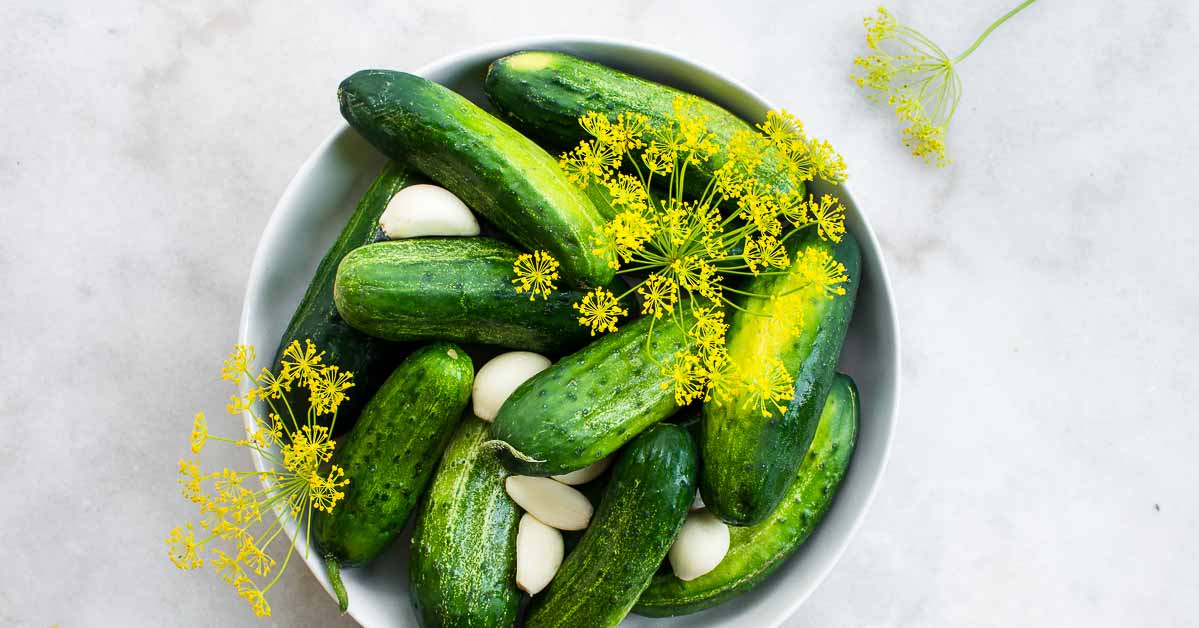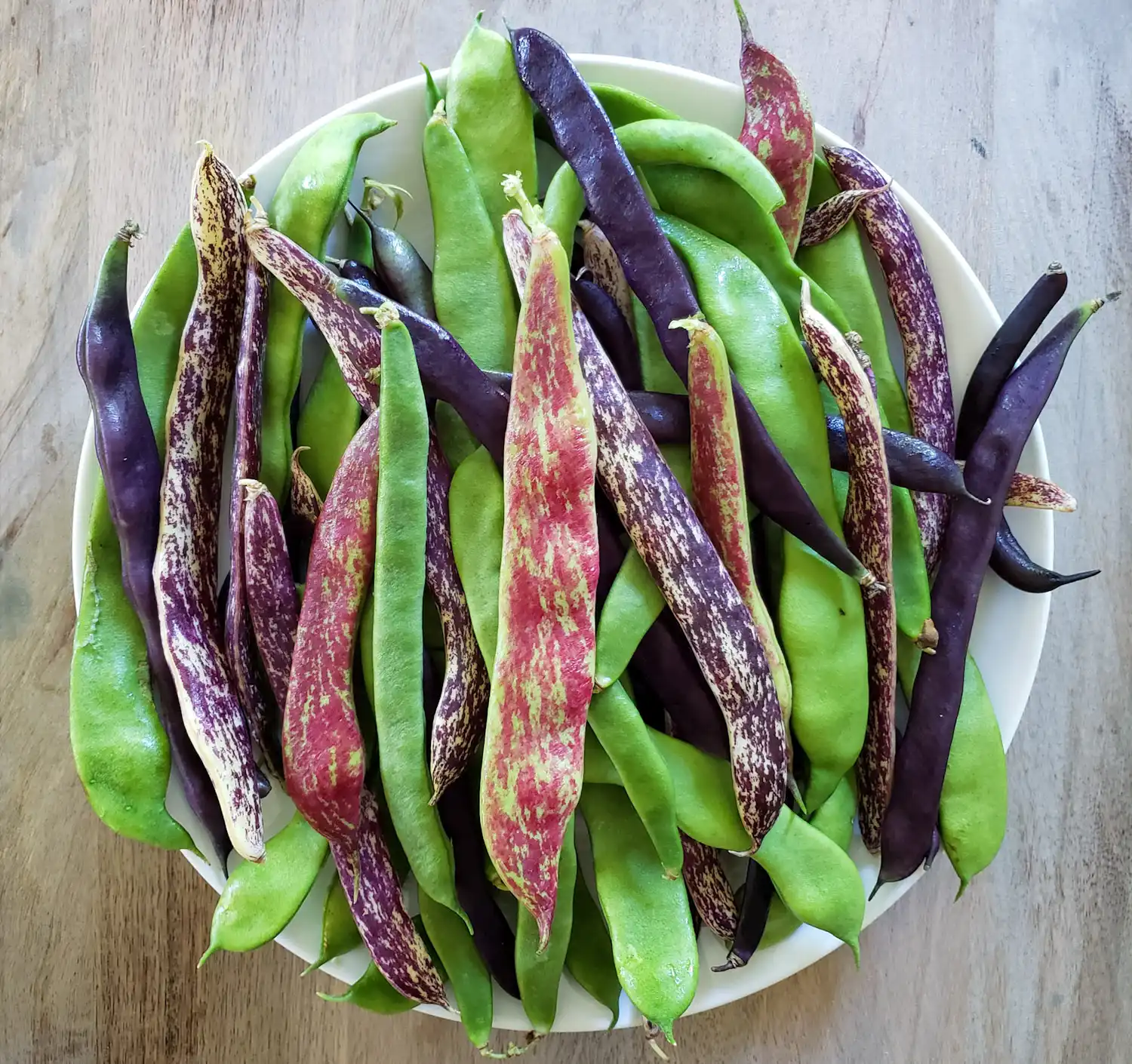@DuaeGuttae , appreciate the links above. I am knee deep in green tomato (grape sized) and am about to try lacto fermenting some of those.
I did two quarts of bell pepper in mason jars to start, had to burp the lids every day, but the product was good after 5 days, so I ordered a set of four pickle pipes with weights off amazon to fit widemouth jars.
I let the bell pepper go 12 days total before I moved them to the fridge. They aren't completely feremented, but they are getting to be a bit more mushy than I could pick up with chopsticks. Next time I do bell pepper I will likely refrigerate around day 7 to slow the ferment.
I have one pint of red jalapeno going now. I -think- when a regular jalapeno is left to ripen bright red on the vine it is then named a Fresno chile. Not sure on the best name, but I am fermenting a pint of those red jalapeno. They are off to a slow start, but they were moving within 48 hours.
For brine I have been weighing my empty mason jar, then weighing the jar with the food in it, doing math to calculate the weight of the food. Then calculate 3% of food weight to the nearest gram, and get the salt into a microwave safe pyrex. Next fill the jar with filtered water. Pour one third of the water back out of the jar into the pyrex, microwave 30 seconds. Stir to dissolve salt. Add a another third of the water from the mason jar with the food in it to cool the brine, pour the cooled brine into the jar, add weight, cap.
So far I am batting perfect. I see a lot of folks online finding the weight of both the food in the jar and the water in the jar and then using 2-5% of that weight as salt to make the brine. My hunch is humans were doing this for thousands of years by eye before gram scales were available. My other hunch is there is a fairly wide range of salt : water ratios that work just fine.
Next up I have 1.5 pounds of Hatch chile that are pretty well orange after a few days on my kitchen counter in the sun. I am going to trim away the last of the green bits and get those going, but I am going to use 6% of the weight of the pepper as grams of salt for the brine.
Also, I am adding white oak slivers to my pepper ferments, but I think I want to wait until the ferment is well established and the brine pretty cloudy before adding the oak in the future.
Sandor Katz has about a million and six videos on youtube. I don't think he is an idiot. I actively limit/moderate the amount of salt in my diet, so I am starting low and working my way up to whatever the minimum salt I need to get the job done turns out to be. If I toss a few dollars worth of vegetables here and there along the way I don't mind.
My goal is pretty healthy finger type foods I can grab on the run.
I have seen a reference or two that any remaining pectinase in a food is at the blossom end and will break down set pectin in the jar while it sits on the shelf - eventually leading to mushy canned goods. Pectinase being the name of the enzyme that breaks down pectin. I trim blossom ends off everything I am preserving. We have a compost heap, and better safe than sorry.






![[Hearth.com] Fermentation for food preservation [Hearth.com] Fermentation for food preservation](https://www.hearth.com/talk/data/attachments/296/296876-b427d8131dda4fea660aa9bab76bb0f3.jpg?hash=a3QVLA3_mh)
![[Hearth.com] Fermentation for food preservation [Hearth.com] Fermentation for food preservation](https://www.hearth.com/talk/data/attachments/299/299017-0248875edf283433717d54d4ed33a051.jpg?hash=opxbvMXoNC)
![[Hearth.com] Fermentation for food preservation [Hearth.com] Fermentation for food preservation](https://www.hearth.com/talk/data/attachments/301/301875-7794e99b64418854bdf9ed018a97a1cc.jpg?hash=dt-JCACyoD)